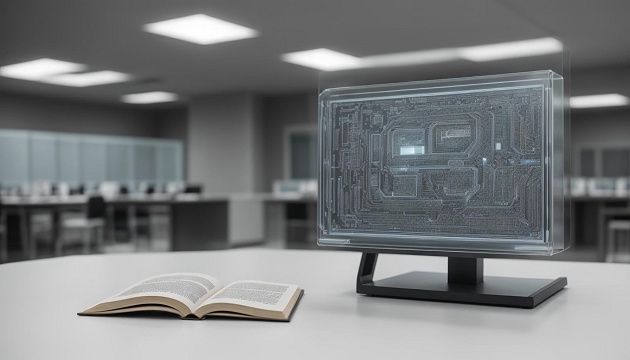
What is anaglyph and how does it work

Anaglyph is a method of creating stereoscopic/three-dimensional (3D) images using special glasses. This technique uses different colours for each eye, creating the illusion of depth and space.
Share:

Anaglyph is a method of creating stereoscopic/three-dimensional (3D) images using special glasses. This technique uses different colours for each eye, creating the illusion of depth and space.
Share:The principle of so-called stereoscopy (also called 3D imaging) is to use two images, one for each eye, so that each one takes in the scene from a slightly different angle - just like human eyes. In anaglyph 3D imaging, each image is then filtered with a different colour - typically red and blue (or red and cyan) are used. The two images are then merged into one.
The observer views the resulting image through glasses with colour filters, so that each eye then sees only its own image. This creates a 3D effect.
Anaglyphs have the great advantage of being easily viewable on any monitor or even on paper. The disadvantage can be reduced image quality compared to some more modern 3D methods. 3DJournal shows most 3D images just through the anaglyph method, so they can be seen with classic red and blue glasses.
3DJournal, January 2005